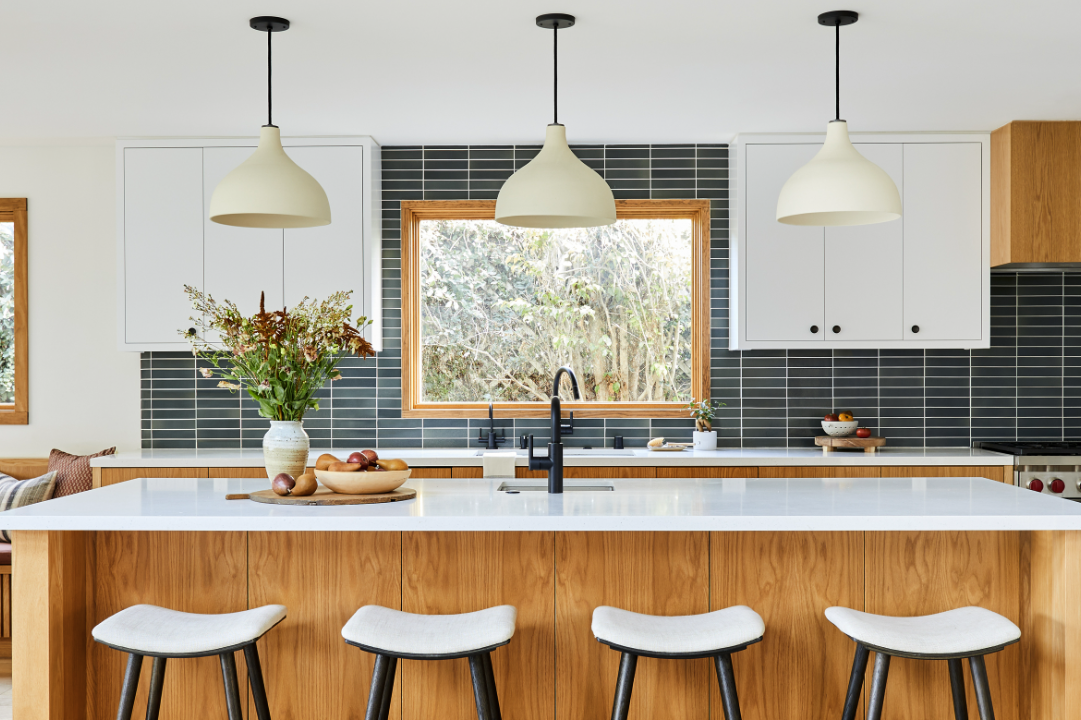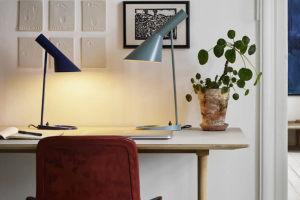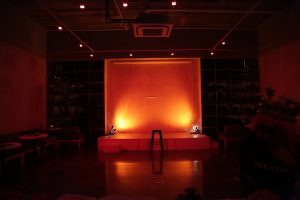
Elevate Your Dining Room with a Stylish Pendant Lamp
Selecting the appropriate lighting style for a space is a fundamental aspect of interior design that can dramatically influence the overall atmosphere. The style of lighting should harmonize with the existing decor, enhancing the aesthetic appeal while serving its functional purpose. For instance, a modern minimalist space may benefit from sleek, geometric fixtures that emphasize clean lines and simplicity.
In contrast, a rustic farmhouse might call for warm, vintage-inspired lanterns or wrought iron chandeliers that evoke a sense of coziness and nostalgia. The choice of lighting style not only reflects personal taste but also sets the tone for how a room feels and functions. When considering lighting styles, it is essential to think about the mood you wish to create.
Soft, diffused lighting can foster a relaxed environment, ideal for bedrooms or reading nooks, while brighter, more focused lighting is suitable for workspaces or kitchens where tasks require clarity and precision. Additionally, the material and finish of the fixtures play a crucial role in defining the style. For example, polished chrome or brass can lend a touch of elegance to contemporary settings, while matte black or aged bronze may suit industrial or vintage themes.
Ultimately, the right lighting style should not only complement the decor but also enhance the functionality of the space.
Sizing and Placement
Scaling Lighting Fixtures to the Room
For instance, an oversized chandelier in a compact dining area can overwhelm the room, making it feel cramped and uninviting. On the other hand, a tiny pendant light in a spacious foyer may get lost in the vastness, failing to make an impact. To achieve balance, it is essential to consider the scale of both the room and the furniture within it when choosing lighting fixtures.
Strategic Placement for Effective Lighting
Placement is equally important in ensuring that lighting serves its intended purpose effectively. For example, in a kitchen, task lighting should be strategically positioned over work areas such as countertops and islands to provide adequate illumination for food preparation. In living rooms, ambient lighting should be distributed evenly to avoid dark corners that can create an unwelcoming atmosphere.
Layering Lighting for Enhanced Functionality and Aesthetics
Additionally, layering different types of lighting—ambient, task, and accent—can enhance both functionality and aesthetics. By thoughtfully considering size and placement, one can create a cohesive look that enhances the overall design of the space.
Considering the Height
The height at which lighting fixtures are installed can significantly affect both their functionality and visual appeal. In general, pendant lights should hang at a height that allows for comfortable movement beneath them while providing adequate illumination for the area below. A common guideline is to hang pendant lights approximately 30 to 36 inches above a dining table or kitchen island.
This height ensures that diners can enjoy their meals without obstruction while still benefiting from focused light on their plates. In spaces with high ceilings, such as grand entryways or vaulted living rooms, it may be necessary to use longer fixtures or multiple layers of lighting to fill the vertical space effectively. A dramatic chandelier can serve as a stunning focal point in such areas, drawing the eye upward and emphasizing the height of the room.
Conversely, in spaces with lower ceilings, flush-mount or semi-flush fixtures are ideal as they provide ample light without overwhelming the space. By carefully considering fixture height, one can enhance both functionality and aesthetic appeal while ensuring that lighting complements the overall design.
Incorporating Dimmers for Ambiance
Dimmers are an often-overlooked feature that can transform a space by allowing for adjustable lighting levels. The ability to control brightness not only enhances functionality but also contributes significantly to creating ambiance. For instance, in a dining room, dimming the lights during a meal can foster an intimate atmosphere, making it more conducive to conversation and relaxation.
Similarly, in home theaters or living rooms, dimmers allow for a cinematic experience by reducing harsh overhead lighting while still providing enough illumination for safety. Incorporating dimmers into your lighting design also promotes energy efficiency. By adjusting light levels according to need, you can reduce energy consumption without sacrificing comfort or style.
Moreover, modern dimmer switches come in various designs and finishes that can seamlessly blend with your decor. Whether you prefer a traditional rotary dimmer or a sleek touch-sensitive panel, there are options available to suit any aesthetic. The versatility offered by dimmers makes them an essential component in achieving a well-rounded lighting scheme.
Maintenance and Cleaning
Proper maintenance and cleaning of lighting fixtures are crucial for ensuring their longevity and optimal performance. Dust and grime can accumulate on light bulbs and shades over time, diminishing their brightness and altering their color temperature. Regularly cleaning fixtures not only enhances their appearance but also maximizes their efficiency.
For example, glass shades should be wiped down with a soft cloth and mild detergent to remove any buildup that could obstruct light output. Different materials require specific cleaning methods to avoid damage. For instance, metal fixtures may need polishing with appropriate cleaners to maintain their luster, while fabric shades should be vacuumed gently to remove dust without causing tears or discoloration.
Additionally, it is essential to check bulbs periodically for signs of wear or burnout; replacing them promptly ensures consistent illumination throughout your space. By establishing a routine maintenance schedule, you can keep your lighting fixtures looking their best while ensuring they function effectively.
Layering Lighting for a Complete Look
Ambient, Task, and Accent Lighting
The three primary types of lighting are ambient, task, and accent. Ambient lighting provides overall illumination for a room, while task lighting focuses on specific areas where activities take place, such as reading or cooking. Accent lighting adds drama and highlights architectural features or artwork within a space.
Creating Depth and Dimension
By thoughtfully layering these elements, one can achieve depth and dimension in any room. For instance, in a living room setting, ambient light might come from ceiling fixtures or wall sconces that provide overall brightness. Task lighting could be introduced through table lamps placed beside sofas or reading chairs, offering focused light for activities like reading or working on hobbies.
Enhancing Functionality and Visual Interest
Accent lighting could be achieved with spotlights directed at artwork or decorative elements on shelves. This combination not only enhances functionality but also creates visual interest by drawing attention to various aspects of the room’s design.
Using Pendant Lamps as a Focal Point
Pendant lamps have gained popularity as striking focal points in various spaces due to their versatility and aesthetic appeal. These fixtures can serve as statement pieces that draw attention and anchor a room’s design. When used over dining tables or kitchen islands, pendant lamps not only provide essential task lighting but also contribute significantly to the overall decor theme.
The choice of color, shape, and material can dramatically influence how a pendant lamp interacts with its surroundings. For instance, a cluster of colorful glass pendant lights can add vibrancy to an otherwise neutral kitchen, creating an eye-catching centerpiece that sparks conversation among guests. Alternatively, a single oversized industrial-style pendant can lend an air of sophistication to a modern dining area while providing ample light for meals.
The key is to select pendant lamps Hongfu that resonate with your personal style while complementing other design elements within the space. By strategically placing these fixtures at varying heights or in groups, you can create visual intrigue that elevates the entire room.
Mixing and Matching with Other Lighting Fixtures
The art of mixing and matching different types of lighting fixtures can lead to dynamic and visually engaging spaces. Combining various styles—such as modern sconces with vintage chandeliers—can create an eclectic look that reflects personal taste while avoiding monotony. This approach allows for greater creativity in design; however, it requires careful consideration to ensure cohesion among disparate elements.
When mixing fixtures, it is essential to maintain a common thread that ties them together—this could be through color schemes, materials, or design motifs. For example, if you have a contemporary floor lamp made of brushed nickel, pairing it with wall sconces in a similar finish can create harmony despite differing styles. Additionally, varying heights and shapes among fixtures can add depth without overwhelming the space.
By thoughtfully curating your selection of lighting elements, you can achieve a layered look that feels intentional and cohesive rather than haphazardly assembled. In conclusion, effective lighting design encompasses various considerations—from style selection to fixture placement and maintenance practices—that collectively contribute to creating inviting and functional spaces. By understanding these principles and applying them thoughtfully within your home or workspace, you can enhance both aesthetics and usability through well-designed lighting solutions.


